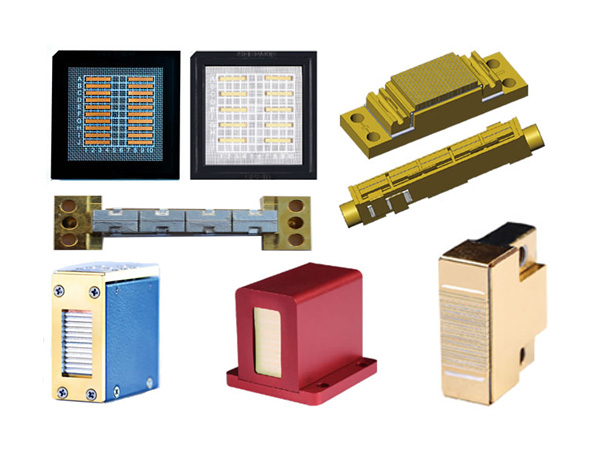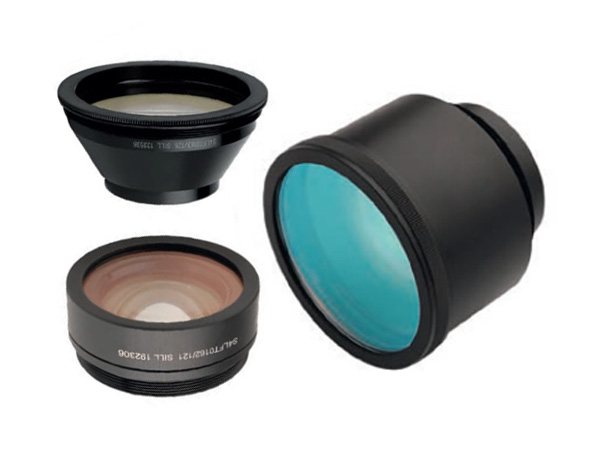Comparison of glass cutting process, ultra-fast laser glass cutting advantages at a glance
The emergence of smart phones has greatly changed people's way of life, and the continuous improvement of people's living standards also put forward higher requirements for smart phones: in addition to the system, hardware and other functions and configurations are constantly upgraded, the appearance of the mobile phone has also become the focus of the mobile phone manufacturers to wrestle. In the process of innovation of appearance materials, glass material is welcomed by manufacturers for its versatile shape, good impact resistance, controllable cost and many other advantages, and has been more and more widely used in mobile phones, including mobile phone front cover, back cover, camera cover, filter, fingerprint identification chip, prism and so on.
Although the glass material has many advantages, its fragile characteristics bring a lot of difficulties to the processing, such as easy to crack, rough edges and so on. In addition, the shaped cutting of the earpiece, front camera, fingerprint chip and other positions also put forward higher requirements for the processing process. How to solve the processing problems of glass materials and improve product yields has become the common goal of the industry, and it is urgent to promote the innovation of glass cutting technology.
Comparison of Glass Cutting Processes
Conventional tool glass cutting
Traditional glass cutting processes include knife wheel cutting and CNC grinding cutting. Knife-wheel cut glass has large chipping and rough edges, which greatly affects the strength of the glass. Moreover, the yield of knife wheel cut glass is low, the material utilisation rate is low, and complex post-processing is required after cutting. The speed and precision of knife wheel for shaped cutting will be greatly reduced, and some shaped full-screen can not be cut by knife wheel because the corner is too small.CNC is more accurate than knife wheel, the precision is ≤30μm, and the chipping is smaller than knife wheel, about 40μm, but the disadvantage is that the speed is slow.
Conventional Laser Glass Cutting
With the development of laser technology, the figure of laser also appears in glass cutting. Laser cutting speed, high precision, no burrs and no shape limitations, chipping is generally less than 80μm.
Traditional laser cutting glass for the ablation mechanism, the use of focused high energy density of the laser will melt the glass or even gasification, high-pressure auxiliary gas will be the residual slag blowing away. Due to the fragile glass, high overlap rate of the spot will accumulate excessive heat in the glass, so that the glass cracked, so the laser can not use a high overlap rate of the spot for a single cut, usually using a galvanometer for high-speed scanning, the glass will be removed layer by layer, the general cutting speed is less than 1mm/s.
Ultra-fast laser glass cutting
In recent years, ultrafast lasers (or ultrashort pulsed lasers) have made rapid development, especially in the application of glass cutting has achieved excellent performance, can avoid the traditional machine cutting prone to chipping, cracking and other problems, with high precision, does not produce micro-cracks, crushing or fragmentation problems, high rupture-resistant edges, no need for rinsing, grinding, polishing, and other secondary manufacturing costs and other advantages, reduce costs at the same time! Wuhan Sintecoptronics' ultrafast laser 1064 has excellent performance in brittle material processing applications, cutting brittle materials better and faster to further reduce costs, while the laser is more stable and can support a variety of scenarios.
1064 laser glass cutting and drilling
The 1064 picosecond laser can process glass up to 1mm in thickness, with a minimum hole diameter of 60μm, a black edge of <30μm, and a chipped edge of <10μm by using a galvanic mirror drilling method.
Meanwhile, the leading bessel beam glass drilling technology of Wuhan Sintecoptronics can support micro-hole processing, with a minimum hole diameter of 10 μm, chipping <5 μm, and extremely fast processing efficiency, which is irreplaceable in semiconductor glass drilling, medical microchanneling and other application scenarios.
Wuhan Sintecoptronics AMT-1064 picosecond laser power from 10W, 20W, 30W, 50W, up to 70W, single pulse energy up to 1.5mJ, can meet most of the customer needs for infrared picosecond laser.
Wide range of operating frequency, from 10K-1000K, spot roundness up to 90% or more, pulse stability <2%. It can ensure that there is no leakage of pulses during processing and the spot size remains consistent. Pulse energy is larger in burst mode, and the intensity of individual sub-pulse can be adjusted to meet the different process requirements of customers.
At the same time, AMT-1064 laser utilises bessel beam processing, which has unparalleled advantages in cutting various transparent and brittle materials, such as glass, sapphire and full screen. Not only cutting a wide range of thickness, but also can achieve good quality of cutting, no chipping, debris, easy to form micro-cracks, high strength of bending, and taper-free arbitrary shape cutting (straight line, curved line, round hole, etc.).
 English
English Français
Français Deutsch
Deutsch euskara
euskara Русский язык
Русский язык Italiano
Italiano Português
Português Nederlands
Nederlands Polski
Polski Greek
Greek Lietuva
Lietuva Türkçe
Türkçe 日本語
日本語 한어
한어 中文
中文 தாமில்
தாமில் فارسی
فارسی हिंदी
हिंदी Tiếng Việt
Tiếng Việt ภาษาไทย
ภาษาไทย Pilipino
Pilipino Indonesia
Indonesia தாமில்
தாமில்





